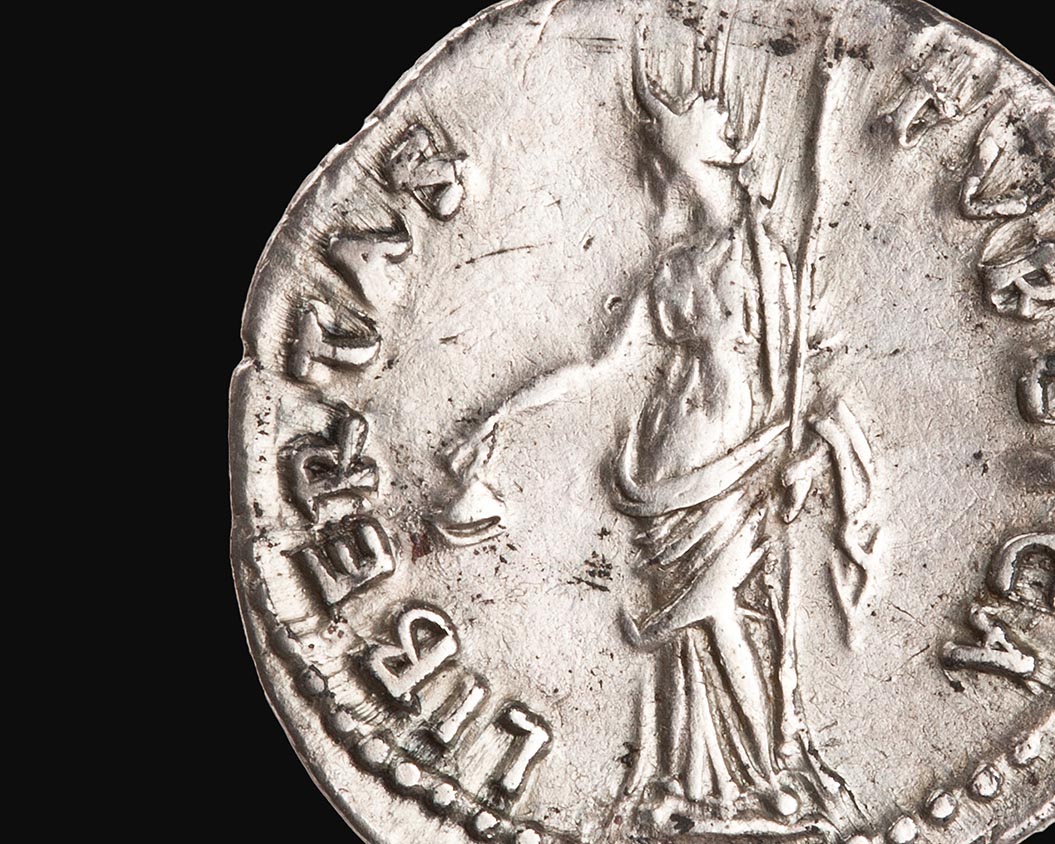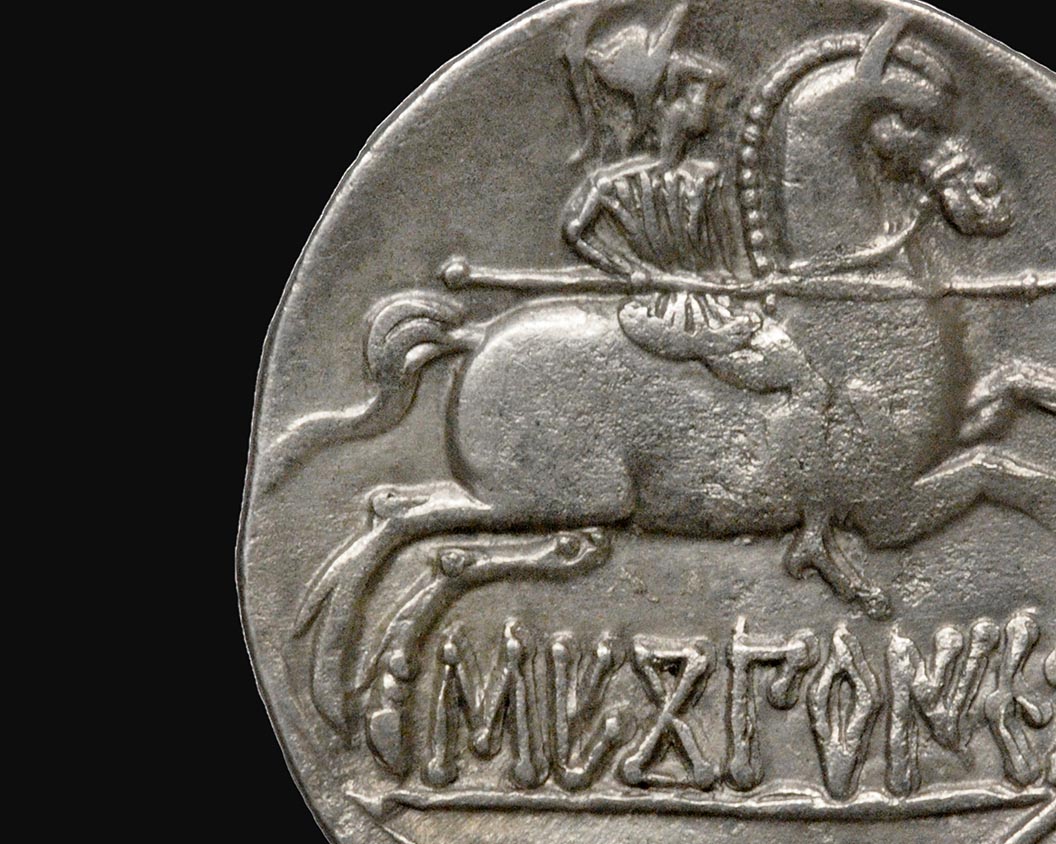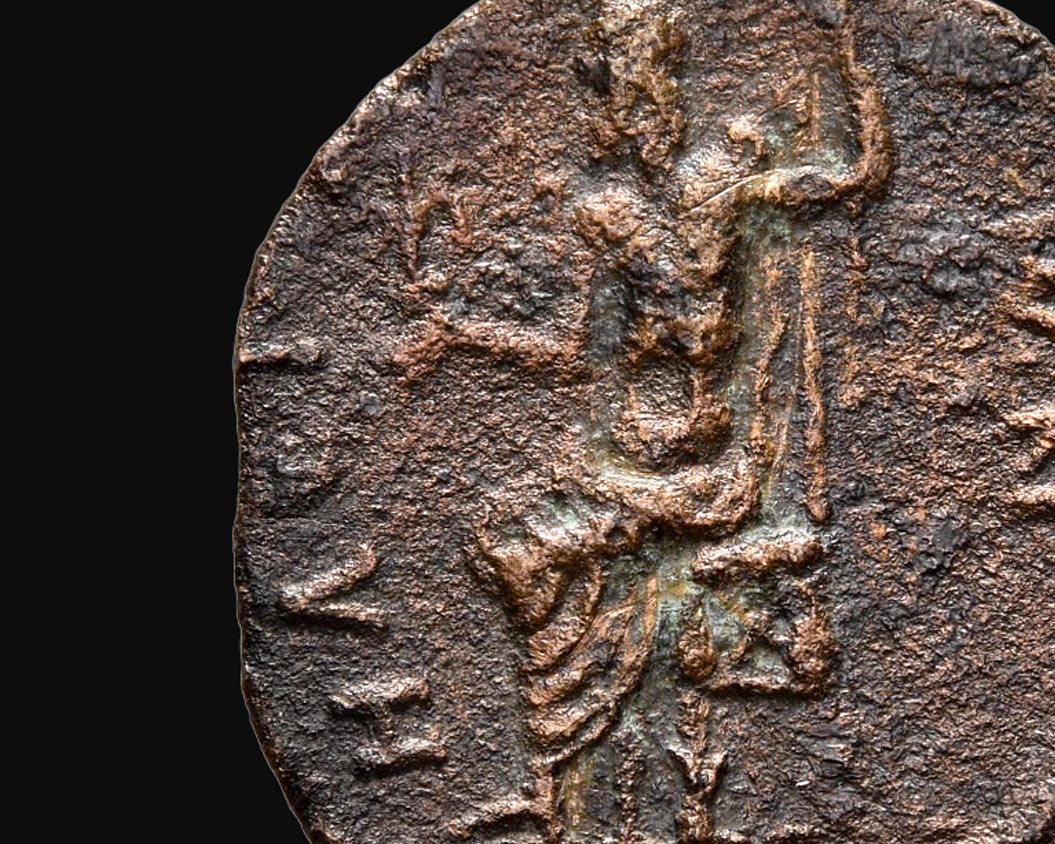New York City, 1988
In 1988 in New York City, the Secret Service cracked the largest counterfeiting ring in US history. A group of 85 people was arrested for counterfeiting over $100 million in currency. Over several years, Special Agents James J. Figliuolo, Joseph Russo, and others worked on this case from the New York Field Office, then located at 6 World Trade Center. Some of the evidence from the investigation survived and is shown here for the first time in public.
The material documents how the Special Agents set up an elaborate operation, which covered locations and criminals from Colombia, Mexico, Florida, Chicago, Los Angeles, and New York City.
New York City, 1988: The Operation
For over two years, money was being counterfeited in a well-organized scheme in various locations in Queens and Manhattan. Most of the counterfeit money was intended to be used as part of illegal drug operations in Colombia, although a significant amount was also sold right here in New York City. The leader of the gang, Francisco Scocozza, was arrested on October 21, 1988.
While the documents and photos provided for this exhibition illustrate the methods of the Secret Service, they also provide a vivid picture of the lives of gang members. For the most part, the people involved in the scheme were friends or acquaintances. But, for the actual printing process, skilled labor was needed, and illegal immigrants were brought into the US to carry out the task. It is also interesting to note that a woman played a major role in setting up and financing the counterfeiting operation.

Counterfeit $10 note (Courtesy of James Figliuolo and Joseph Russo)

Counterfeit $20 note (Courtesy of James Figliuolo and Joseph Russo)

Counterfeit $50 note (Courtesy of James Figliuolo and Joseph Russo)

Counterfeit $100 note (Courtesy of James Figliuolo and Joseph Russo)
These four notes are part of one of the biggest cases of counterfeiting, known in the Secret Service as Case 11250, which ended with the arrests of 85 people in 1988. Both the number of individuals arrested and the amount of counterfeit money produced were astonishing. The investigation by Secret Service agents concentrated on Jackson Heights, a neighborhood in Queens, NY.
In December 1985, a small group of people met to discuss how to set up a counterfeiting ring. A woman known as Suzanna LNU (Last Name Unknown) produced some counterfeit plates, smuggled them from Colombia, and revealed the existence of a printer there, who was willing to come to work in New York. Two key members of the group, Francisco Socozza and Frank Strout, decided to invest $15,000, and Suzanna LNU put in $10,000, with which they purchased printing equipment and supplies. Two experienced printers, Fernando Diaz and Parmenio Livaldo, were subsequently smuggled into the country. The printing activities were initially set up in the Uruguayan Social Club, but frequently moved to other locations as members of the gang became aware of police and USSS activities.


Surveillance photos taken by US Special Agents (Courtesy of James Figliuolo and Joseph Russo)
Key World Travel, a travel agency at 82–14 Baxter Avenue, was under surveillance by the Special Agents. In March 1986, 144 lbs of paper had been ordered and delivered to this location. The case report states that in June 1986, counterfeiting operations at the Uruguayan Social Club in Jackson Heights were stopped and moved. In the new location at Glean Avenue, the counterfeiters operated from a garage. Shortly afterwards, all printing presses were disassembled and put in storage at a factory belonging to one of the counterfeiters, Carlos Moran. From November 1986 onwards, around $80 million of counterfeit notes were printed at the home of Moran, who received a monthly rental income of $500.
Special Agents followed the suspects and recorded their various moves, including meetings. During 1987, the printing operations were relocated several times in order to avoid detection. When one of the gang members was sent to Miami to sell $1.7 million of badly printed notes, he was arrested by Special Agents. The gang members decided thereafter to dispose of poorly printed counterfeit currency by burning it in an incinerator or simply putting it in the trash.

Photos of garage where counterfeiting equipment was stored (Courtesy of James Figliuolo and Joseph Russo)
By April 1988, the counterfeiters realized that their operations were being watched. They decided to store equipment and supplies in a garage on 37th Avenue between 76th and 77th Streets in Jackson Heights. After over a year of investigation, Special Agents had identified all the different players in Case 11250, and in late August 1988, they set up twenty-four hour surveillance to identify the whereabouts of the key suspects. In several successful raids between October 19 through 21, agents arrested the ring leaders in this case.

Photo of stored printer (Courtesy of James Figliuolo and Joseph Russo)


Various pieces of counterfeiting equipment (Courtesy of James Figliuolo and Joseph Russo)
These Polaroid photos taken by Special Agents show the various pieces of equipment that were used for the production of counterfeit currency: a numerator, which was used to print serial numbers on counterfeit money, and cutters used to cut bills to size. According to the counterfeiters, much of their used equipment, such as printing plates, paper, or misprinted notes, was discarded into regular New York City garbage. At times, sanitation workers discover discarded counterfeit currency.
New York City 1988: The Gang
Case 11250 probably involved more people than the 85 who were ultimately arrested. The ringleader was Francisco “Mario” Scocozza, also known as “the Professor.” The owner of a used car business, Albatross Car Service Inc., on Hillside Avenue, he was originally from Uruguay. He lived in a quiet neighborhood in Elmont. Frank Strauss, aka Frank Stout, a salesman, who lived in Bayside, was another key player in this operation. The Colombian woman Suzanna LNU, who had supposedly set up the operations, was never identified.
Each member of the gang had his responsibilities. Livaldo and Diaz were printers, whereas Strauss, Alverez-Rios, and others were in charge of purchasing equipment or renting spaces for the operation. Disposing of bad counterfeit money was another crucial part of the operation, which was not always easy. At one point Scocozza and Lopez dumped sixty bags in various neighborhoods in Queens and Brooklyn. The initial motivation for the counterfeit operation was to produce counterfeit money in the US and move it for drug dealing to Colombia. However, some notes circulated in New York and elsewhere, a mistake for which members of the gang blamed each other.

Photo of Fernando Diaz (Courtesy of James Figliuolo and Joseph Russo)
One of the two printers in this ring, he entered the US illegally. He was arrested on October 20, 1988. The documents indicate that he and the other printer were paid about $250 a week for their work. According to Diaz, they were given food and housing. Raul Hernandez was instructed to watch the two printers. In exchange, he would be paid a percentage of the profits. The second printer, Parmenio Livaldo, an illegal immigrant, disappeared in March of 1988 with two boxes of counterfeit money. Diaz had been told by Scocozza that he would be getting another job printing more counterfeit money for Scocozza, which was planned for the end of 1988.

“$100M Funny Money Bust.” Daily News, March 29, 1989 (Courtesy of James Figliuolo and Joseph Russo)
The announcement about this extraordinary case and the many arrests was made almost five months after the initial arrests.
Exhibition Parts
I. The Beginnings of the Secret Service
III. How it is Made, How it Moves
V. A History of American Currency
VI. Know Your Money: Educating the Public about Counterfeit Money




